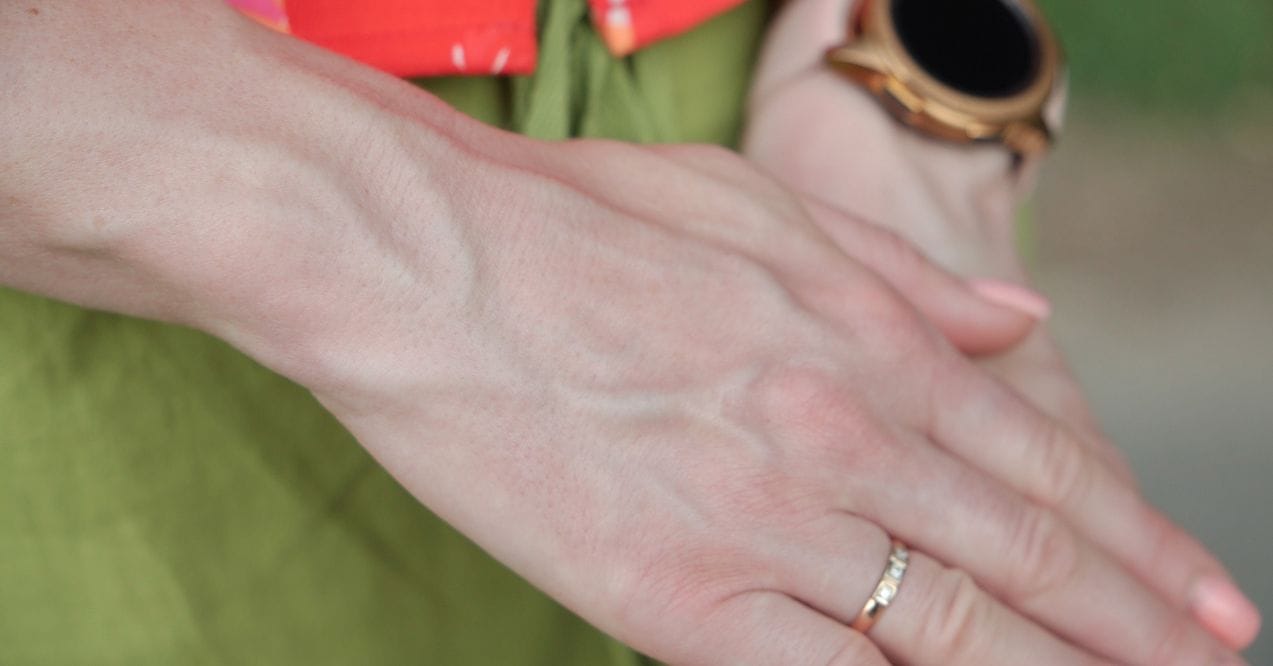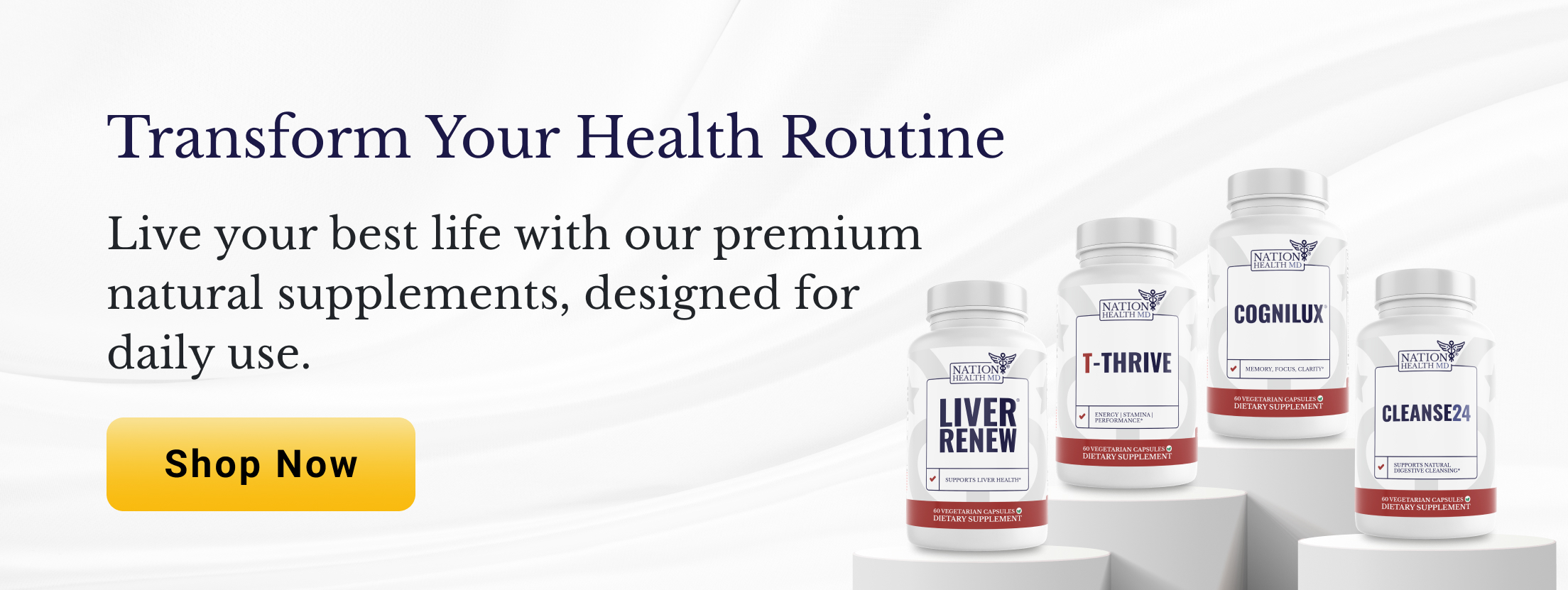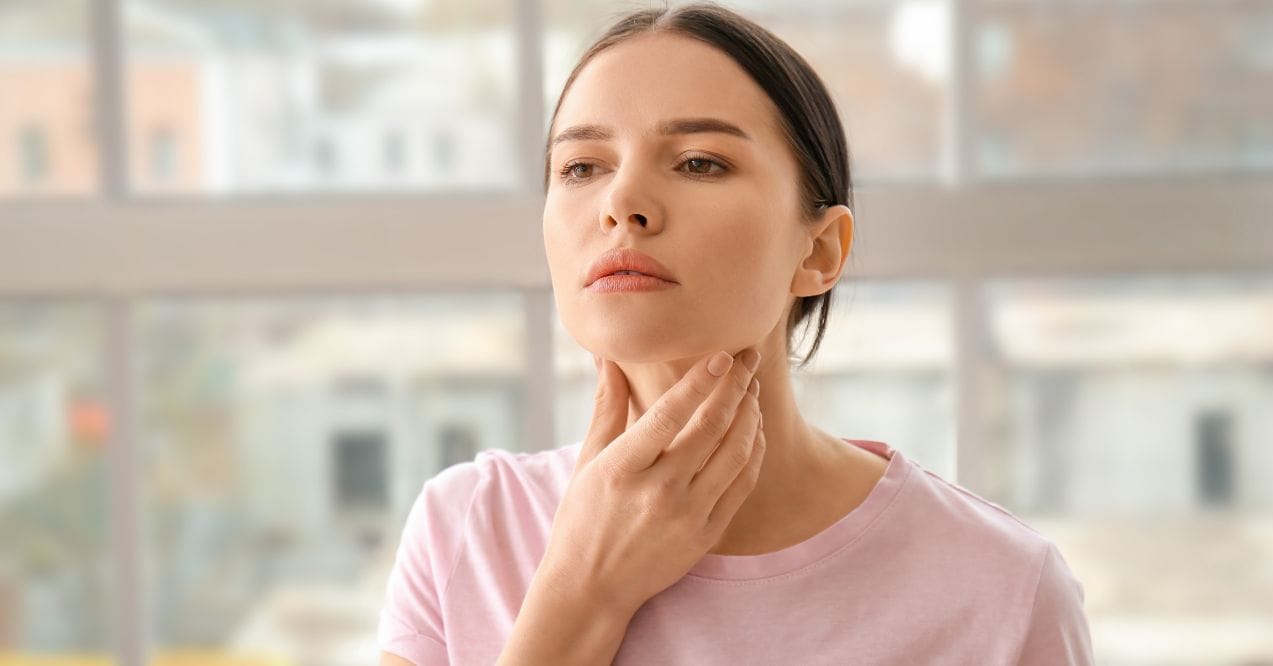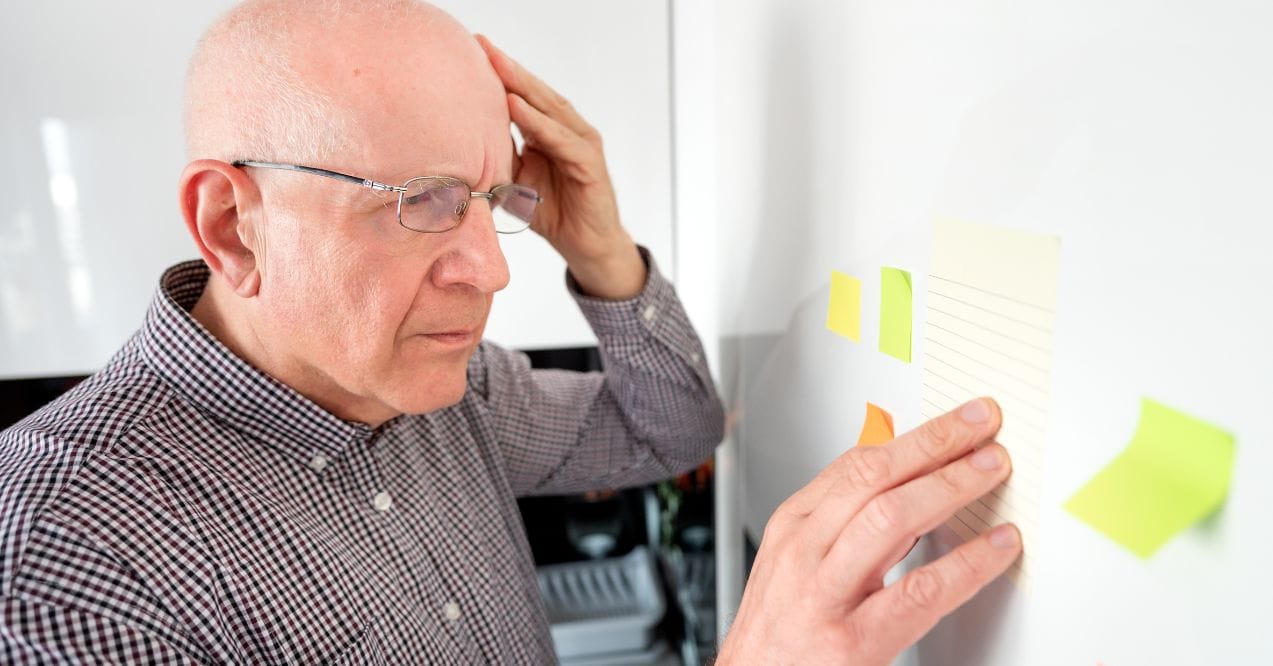Endometriosis Awareness Month in 2025 and Why it Matters
Medically reviewed by our experts
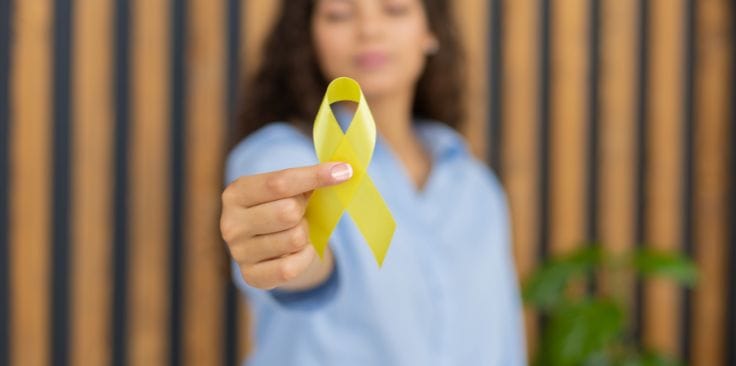

176 million women worldwide – that’s how many lives are impacted by endometriosis, yet it takes an average of 4-11 years to receive a proper diagnosis. On Endometriosis Awareness Day, we’re breaking the silence surrounding this life-altering condition. Beyond the chronic pain and fertility challenges, endometriosis affects every aspect of daily life.
It’s time to transform whispered struggles into powerful conversations, ensuring that no woman has to navigate this journey alone. So, let’s make every voice heard – because awareness leads to action.
Understanding Endometriosis
Endometriosis is a chronic condition where tissue similar to the uterine lining grows outside the uterus, commonly affecting the ovaries, fallopian tubes, and nearby pelvic organs. During each menstrual cycle, this misplaced tissue responds to hormonal changes just like the uterine lining does, which can cause inflammation, scarring, and pain.
An estimated 10% (190 million) of women and girls experience endometriosis during their reproductive years, yet many go undiagnosed for years. Several challenges contribute to this delay:
- Doctors often dismiss severe period pain as “just normal cramps”
- Many women don’t realize their symptoms are unusual and don’t seek help
- Symptoms often overlap with other conditions
- There’s no simple test to diagnose endometriosis – it usually requires a surgical procedure called laparoscopy to confirm
Beyond Pelvic Pain
While severe pelvic pain is often the most talked-about symptom of endometriosis, this condition can affect your body in many surprising ways. Think of endometriosis as a domino effect – when one system is impacted, others often follow.
Common symptoms include:
- Severe menstrual cramps that pain medication doesn’t fully help
- Digestive troubles, including bloating, constipation, or diarrhea
- Pain during or after intimate relationships
- Lower back pain that worsens during your period
- Feeling extremely tired, even after good sleep
- Heavy menstrual bleeding or spotting between periods
An important yet often overlooked aspect is that endometriosis may affect fertility. Between 30–50% of women with endometriosis may experience difficulty becoming pregnant. However, many women with this condition do successfully have children, especially with proper medical care and support.
The Urinary Connection
Many women don’t realize that endometriosis can affect their bladder habits. While this is less common, it’s still important to understand these symptoms.
You might experience:
- Painful urination, especially during your period
- Needing to rush to the bathroom more often
- Feeling like your bladder is never completely empty
- Blood in your urine during your period
- Getting up several times at night to use the bathroom
- Frequent urinary tract infections
How to Test for Endometriosis
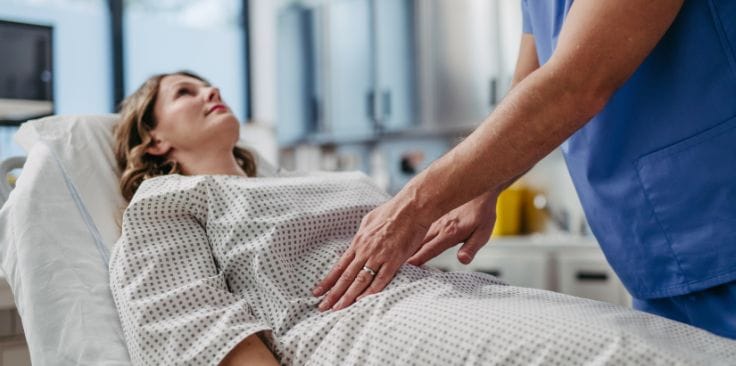
If you suspect you have endometriosis, getting a diagnosis can feel like a frustrating uphill battle. Unlike other conditions that can be confirmed with a simple blood test or scan, endometriosis requires a more complex approach. Since symptoms often overlap with other conditions like IBS or pelvic inflammatory issues, it can take years to get the right answer. Here’s how doctors typically diagnose endometriosis:
- Symptom Tracking – Keeping a record of your pain, cycle patterns, and any unusual symptoms can help your doctor spot key warning signs.
- Pelvic Exam – Your doctor may check for abnormal growths or tenderness, though this alone can’t confirm endometriosis.
- Ultrasound – While an ultrasound won’t show endometriosis directly, it can help rule out cysts or other conditions.
- MRI – This imaging test provides a clearer view of the pelvic organs and can sometimes detect deep endometriosis.
- Laparoscopy – The most definitive diagnostic method available, this minimally invasive surgery allows doctors to see and remove endometriosis tissue if needed.
Managing Symptoms and Supporting Your Health
- Hormone Treatments – These medications help control the hormones that stimulate endometrial tissue growth and bleeding. Options include birth control pills, patches, or hormone-releasing IUDs.
- Pain Relief Medications – Over-the-counter pain relievers can help manage discomfort. For severe pain, your doctor may prescribe stronger medications.
- Surgery – In severe cases, surgery can remove endometrial tissue while preserving reproductive organs. A hysterectomy is considered only when other treatments fail.
For those experiencing urinary tract discomfort alongside endometriosis, maintaining bladder health is essential. Supplements such UroBliss may offer a targeted solution with clinically backed ingredients.
This premium formula contains D-Mannose, commonly used to support urinary tract health, Cranberry Extract, which helps create an inhospitable environment for bacteria, Propolis, known for strengthening immune defenses, and Vitamin D3, which supports long-term urinary tract health. By working synergistically, these ingredients help maintain a balanced urinary system and promote overall well-being.
Why Endometriosis Awareness Day Matters
Endometriosis Awareness Day isn’t just a date on the calendar – it’s a global movement to shed light on a condition that affects millions yet remains widely misunderstood. Too many women suffer in silence due to stigma or a lack of awareness, often waiting years for a proper diagnosis. By fostering open conversations, we can help individuals recognize symptoms sooner, seek medical attention, and push for faster diagnoses.
Beyond personal impact, increased awareness also drives funding for better research, diagnostic tools, and treatment options. Every voice matters – by speaking up, we can create meaningful change and ensure no woman has to navigate endometriosis alone.
You’re Not Alone
Living with endometriosis can feel isolating, but you are not alone. Millions of women share this journey, and through awareness, advocacy, and support, we can create real change. Whether you’re personally affected or standing in solidarity, every conversation helps break the silence and bring hope to those who need it.
This Endometriosis Awareness Day, wear a yellow ribbon to show your support, start a conversation, and spread awareness. Together, we can push for earlier diagnoses, better treatments, and a future where no woman has to suffer in silence.
Join the movement – because awareness leads to action, and action leads to change.
Zondervan, K. T., et al. (2018). Endometriosis. Nature Reviews Disease Primers, 4(1).
Endometriosis. (2024). Yale Medicine.
World Health Organization: WHO & World Health Organization: WHO. (2023). Endometriosis.
Endometriosis – Symptoms and causes. (n.d.). Mayo Clinic.
Jean Hailes for Women’s Health. (2024). Fertility & pregnancy with endometriosis. Jean Hailes.
Irritable bowel syndrome – Symptoms and causes. (n.d.). Mayo Clinic.
Pelvic inflammatory disease (PID) – Symptoms & causes – Mayo Clinic. (2022). Mayo Clinic.
Endometriosis. (2025). Cleveland Clinic.
Vannuccini, S., et al. (2021). Hormonal treatments for endometriosis: The endocrine background. Reviews in Endocrine and Metabolic Disorders, 23(3), 333–355.
Zanelotti, A., & Decherney, A. H. (2017). Surgery and endometriosis. Clinical Obstetrics & Gynecology, 60(3), 477–484.
Wagenlehner, F., et al. (2022). Why d-Mannose May Be as Efficient as Antibiotics in the Treatment of Acute Uncomplicated Lower Urinary Tract Infections—Preliminary Considerations and Conclusions from a Non-Interventional Study. Antibiotics, 11(3), 314
Gbinigie, O. A., et al. (2020). Cranberry extract for Symptoms of Acute, Uncomplicated Urinary Tract Infection: A Systematic review. Antibiotics, 10(1), 12.
Al-Hariri, M. (2019). Immune’s-boosting agent: Immunomodulation potentials of propolis. Journal of Family and Community Medicine, 26(1), 57.
Muntean, C., & Săsăran, M. (2021). Vitamin D Status and its Role in First-Time and Recurrent Urinary Tract Infections in Children: A Case-Control Study. Children, 8(5), 419.
Popular Articles
Advertisement. This site offers health, wellness, fitness and nutritional information and is designed for educational purposes only. You should not rely on this information as a substitute for, nor does it replace, professional medical advice, diagnosis, or treatment. If you have any concerns or questions about your health, you should always consult with a physician or other health-care professional. Do not disregard, avoid or delay obtaining medical or health related advice from your health-care professional because of something you may have read on this site. The use of any information provided on this site is solely at your own risk.
